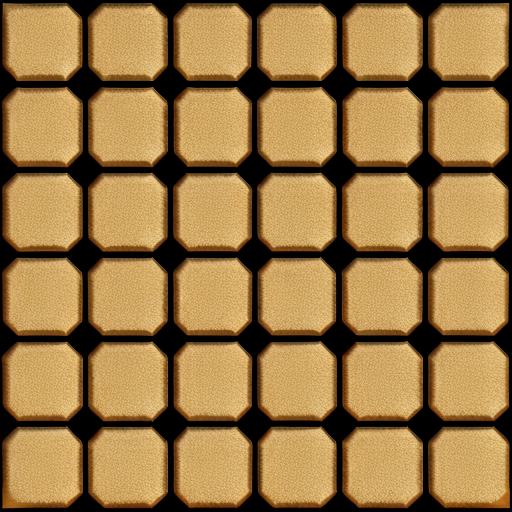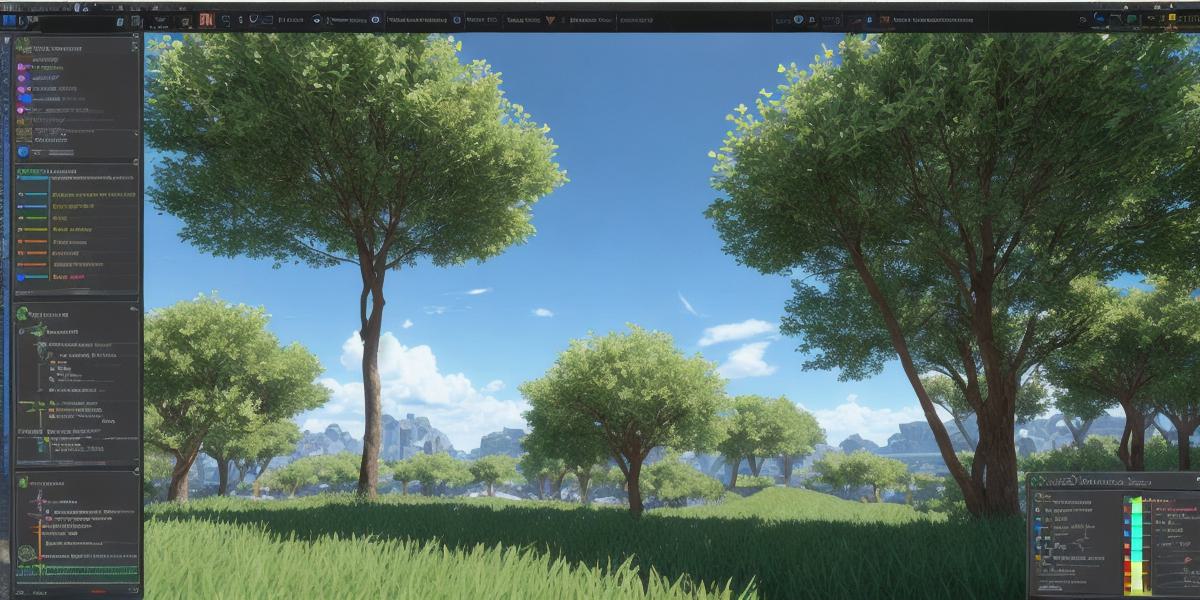Are you a developer looking to take your 3D game development skills to the next level? Look no further! In this article, we will explore how applying math principles can help you create more engaging and realistic games. By incorporating mathematical concepts into your game design, you can improve the performance of your games, enhance user experience, and create more immersive worlds for players to explore.
- Understanding Math Principles in Game Development

Before we dive into how math principles can be applied in game development, let’s first define what we mean by "math principles." In the context of game development, math principles refer to the fundamental concepts and rules that govern how games work. These include things like geometry, trigonometry, calculus, and linear algebra.
Math principles are used extensively in game development to create realistic graphics, simulate physics, and manage performance. For example, in first-person shooter games, developers use trigonometry to calculate the trajectory of bullets and ensure that they hit their targets accurately. In racing games, calculus is used to model the behavior of vehicles and ensure that they handle realistically.
- Applying Math Principles to Improve Game Performance
One of the primary benefits of applying math principles in game development is that it can help improve the performance of your games. By using mathematical models to simulate physical phenomena, developers can create more realistic and immersive worlds for players to explore. This can be especially important for games that require high levels of realism, such as flight simulation or racing games.
For example, in a flight simulation game, developers use mathematical equations to model the behavior of aircraft. These equations take into account things like air resistance, gravity, and thrust, allowing players to experience realistic flight in a virtual world. Similarly, in a racing game, developers use physics simulations to accurately model the behavior of vehicles, ensuring that they handle realistically on different tracks and surfaces.
- Enhancing User Experience with Math Principles
In addition to improving game performance, applying math principles can also enhance user experience. By using mathematical models to create more realistic and immersive worlds, developers can create games that feel more authentic and engaging for players. For example, in a first-person shooter game, the use of trigonometry can make the game feel more realistic by accurately calculating the trajectory of bullets and ensuring that they hit their targets.
In addition to enhancing user experience, math principles can also be used to create more interactive and dynamic games. For example, in a puzzle game, developers can use mathematical concepts like geometry and logic to create puzzles that are both challenging and engaging for players. Similarly, in a sports simulation game, developers can use physics simulations to create realistic gameplay that feels authentic and responsive.
- Real-Life Examples of Math Principles in Game Development
There are many real-life examples of how math principles are being used in game development. One such example is the use of machine learning algorithms in games. Machine learning algorithms can be used to analyze player behavior and adjust game difficulty levels in real-time, creating a more personalized gaming experience for each player.
Another example is the use of procedural generation in game design. Procedural generation uses mathematical algorithms to create game content on the fly, allowing developers to generate infinite variations of game objects and environments. This can be especially useful in games that require high levels of replayability, such as roguelike games or procedurally generated platformers.
- FAQs
What are some common math principles used in game development?
Some common math principles used in game development include geometry, trigonometry, calculus, and linear algebra. These principles are used extensively in game design to create realistic graphics, simulate physics, and manage performance.
How can I apply math principles to improve the performance of my games?
By using mathematical models to simulate physical phenomena, developers can create more realistic and immersive worlds for players to explore. This can be especially important for games that require high levels of realism, such as flight simulation or racing games.
How can math principles enhance user experience in games?
Math principles can be used to create more realistic and immersive worlds in games, making them feel more authentic and engaging for players. Additionally, mathematical concepts like geometry and logic can be used to create puzzles that are both challenging and engaging for players.
